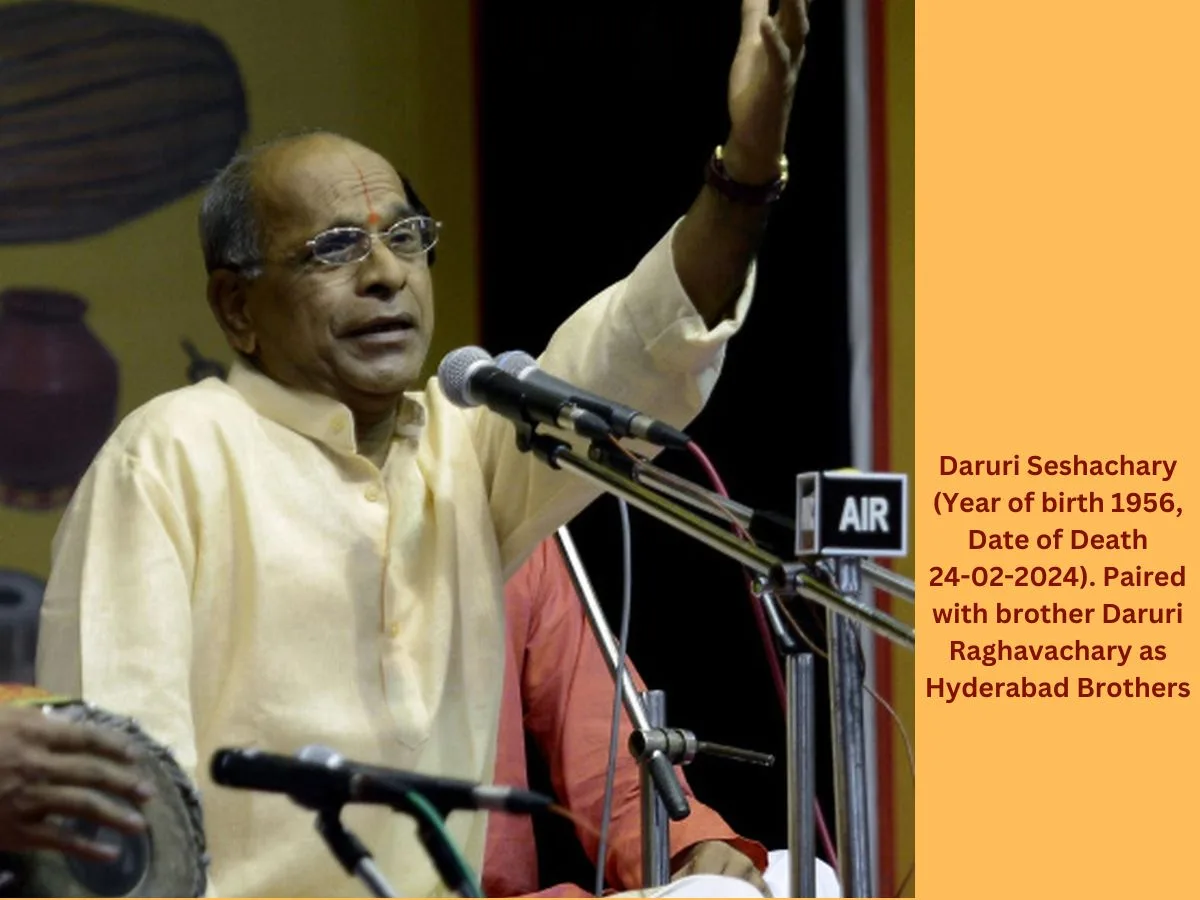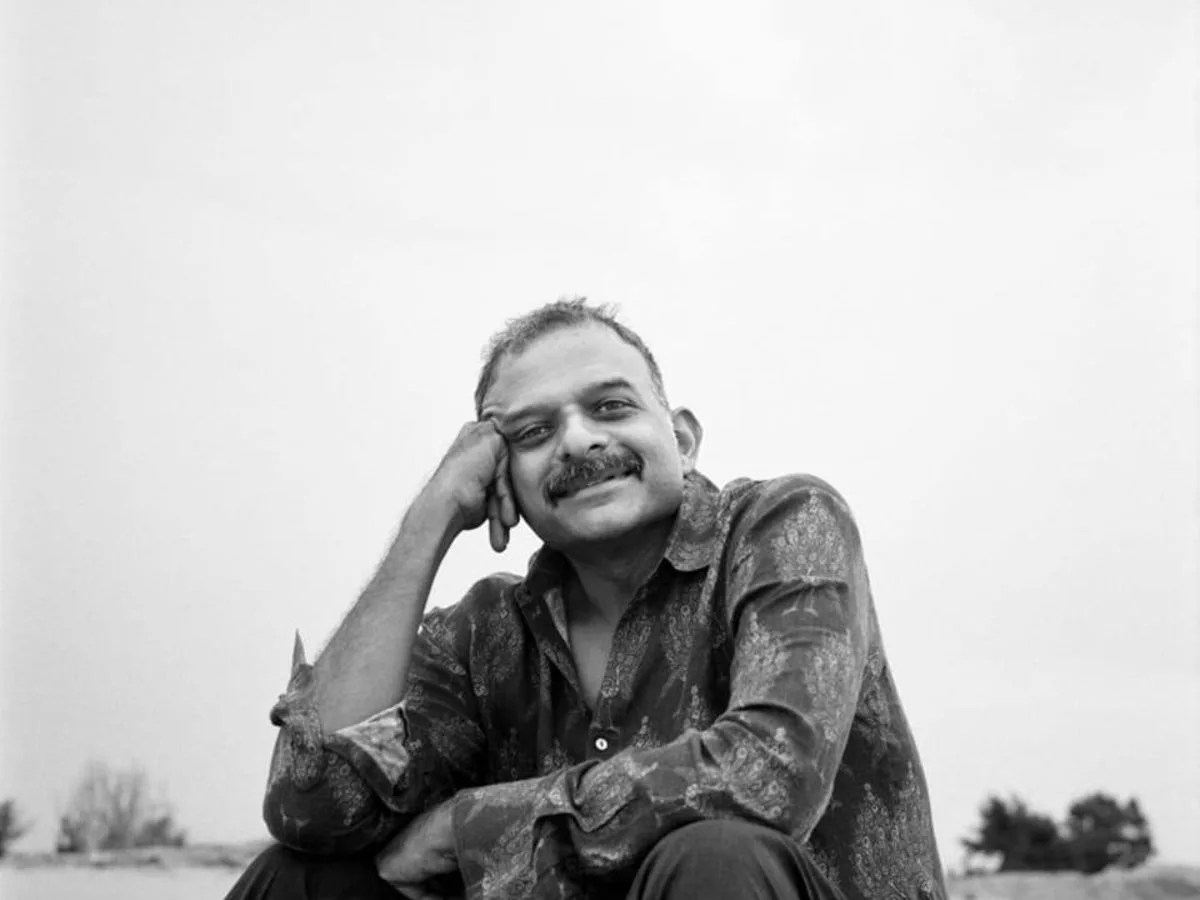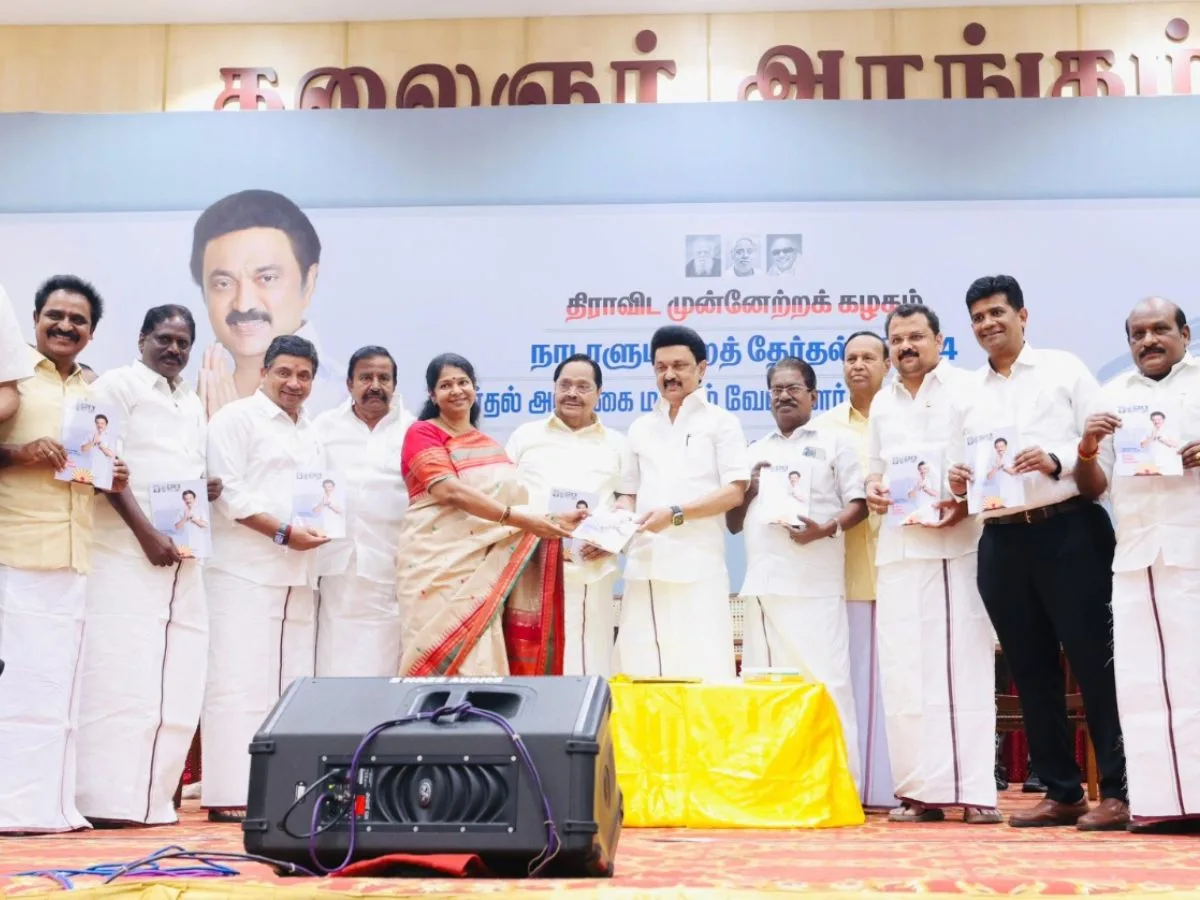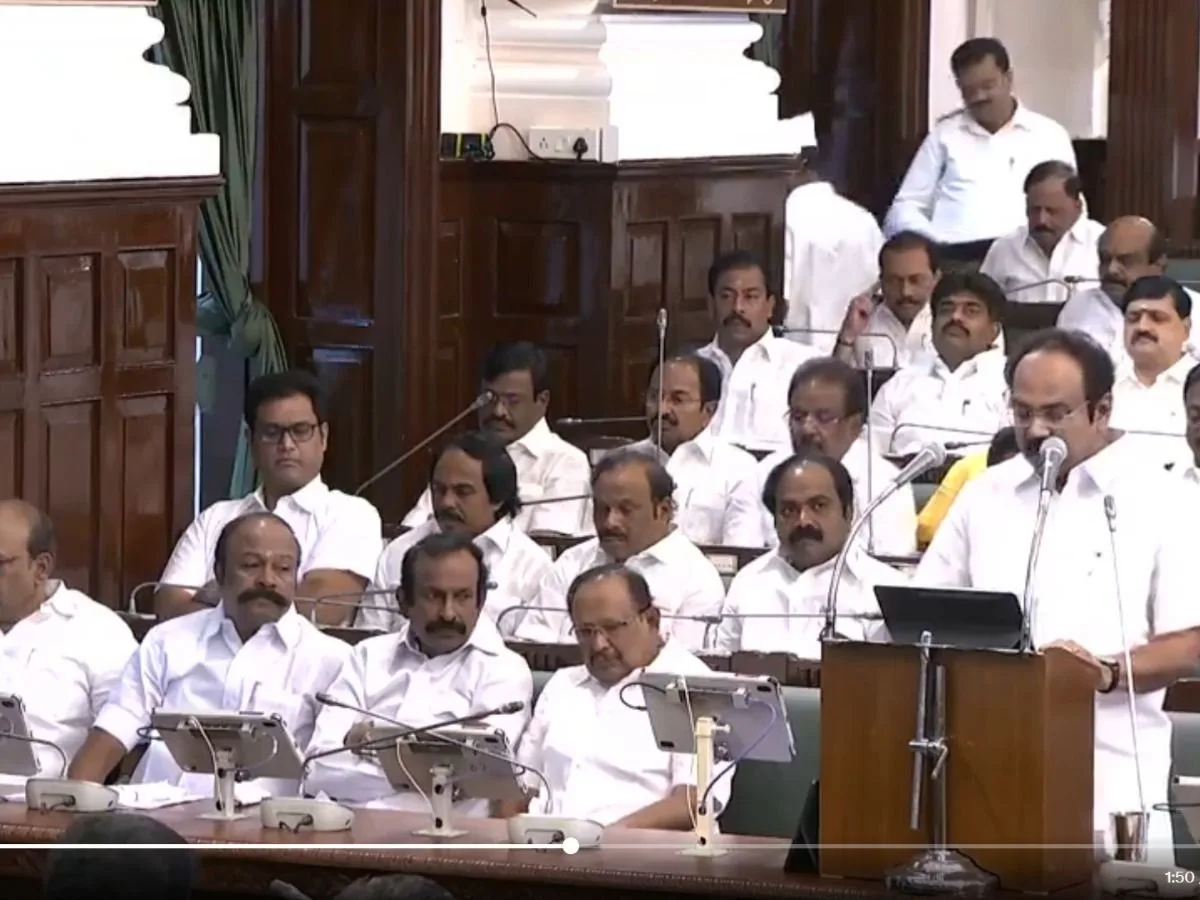Read in : தமிழ்
For Easwara Iyer, doing pujas at the Tiruchendur temple is a natural right bestowed on him since it is his traditional occupation. They are his source of livelihood too – actually, his only source. But what he and 300 other poojaris consider as their right is in jeopardy after the Madras High Court recently prohibited the collecting of more money than what is prescribed by the temple administration for doing special pujas. Coming down on the “unauthorized Iyers/poojaris”, the court ordered the use of biometric identification to ensure only authorised priests could enter the temple premises and do pujas.
Many pilgrims have welcomed the judgement. It is not uncommon for pilgrims unfamiliar with the temple to be approached by the priests who offer to do special pujas and the chance to beat the queue, for a fee. The High Court petitioner had submitted that the “unauthorized Iyers” had formed a syndicate and stood in front of the temple entrance and shepherded the pilgrims inside, charging huge sums of money.
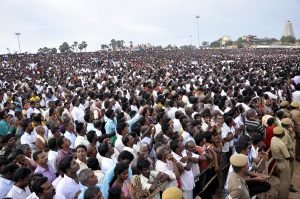
Lakhs of devotees witness Soorasamharam in Tiruchendur
For some pilgrims, however, these poojaris help to mediate and navigate their way through the worship procedures. “For a fee, the poojaris arrange pujas that are not offered by the temple administration and they make better arrangements too,” says Alagesan, a pilgrim who was visiting from Ottanchathiram. Alagesan says he has been coming to the temple regularly and this time he had brought his child for hair removal.
Losing status
Pothi Brahmins conduct the service for the main deity and are authorized by the HR & CE administration. The poojaris not authorized by temple administration are typically Tamil Brahmins. Old-timer Easwara Iyer says that the Tamil Brahmin priests were doing the pujas for the main deity inside the temple too. But some 150 years ago, when famine struck the area, they wanted to leave Tiruchendur to save their lives, he believes.
At that time, the Travancore king, Vishakam Thirunal, came to Tiruchendur with supplies to protect the temple. He brought with him Namboodiri Brahmins who were given the task of doing pujas for the main deity. “My forefathers have told me that we gave up the right to them,” says Easwara Iyer, adding that after a while the Namboodiri priests entrusted the task to Pothis from Udupi region.
“My forefathers have told me that we gave up the right to them,” says Easwara Iyer
Today, Pothi priests continue to do puja to the main deity as well as Valli and Deivanai in the sanctum sanctorum. “They are the authorized priests in Tiruchendur temple now,” says Subramania Iyer.
Easwara Iyer says the morning Udhayamarthanda services done for the main deity of Subramaniya Swamy are a legacy of the Vishakam Thirunal episode in Tiruchendur history.
Suchindram Ramanatha Pillai, a retired HR & CE official, supports the oral history of Easwara Iyer. He notes the influence of Travancore kingdom on Tiruchendur and says that prior to the advent of the Vishakam Thirunal, the Tiruchendur priests were known as Mukkanis or Tirusundarars – Tamil Brahmins. He also recounts that these Brahmin priests were brought in including in Palani so that services could be conducted as per Agama codes. Until then, the services were conducted by priests from the Pandaram caste group.

Devotees taking Kavadi at Tiruchendur temple
Folklorist A. K. Perumal says: “What the temple Iyers say is true. The book ‘Tiruchendur Temple’ written by Somasundaram Pillai says Namboodiris replaced the Iyers.” Kerala historian Viswanathan says Pothis took refuge in Travancore kingdom during the times of Tipu Sultan. “There was a severe famine during Vishakam Thirunal’s reign,” he adds.
The go-to people
Besides the regular poojas, the services authorized by the temple administration are Shanmuga archanai, abhishekam and golden chariot, and the responsibility of conducting them has been given to the “Iyers” mentioned in the petition. A portion of the charges collected is given to them. The poojaris say that they get this money in a lumpsum once every six months or so. “Until we get this money, how do we sustain our families?” asks Kannan Iyer, a poojari.
“Some pilgrims take kavadi and it is best to get these done directly by Iyers,” says Sami Durai, a 63-year-old pilgrim.
For conducting other pujas like dharabhishekam and adorning the deity with sandalwood paste, too, the unauthorized Iyers are the go-to people. “Some pilgrims take kavadi and it is best to get these done directly by Iyers,” says Sami Durai, a 63-year-old pilgrim.
Easwara Iyer says the poojaris in-turn have to pay the temple administration. For instance, the entrance fee for sandalwood paste adorning is Rs 650. Each such puja requires 6 kg of sandalwood paste, out of which 2 kg goes to the Devasthanam, he adds. “If we ask why we need to give the sandalwood paste, we are told that it goes to visiting VIPs,” he says.
Other expenses include arranging a nadaswaram party, making prasadam for the deity, and purchasing items for the puja, which all add up to Rs 15,000. “This is what they call special puja expenses,” says Easwara Iyer.
Livelihood in question
The High Court ruling on biometric identification has put the livelihood of some 300 Iyers and their families in jeopardy. “Entrance for staff and authorized persons is already regulated by biometric identification. The Iyers were given licenses some 30 years ago but many of them passed away. Others have not renewed their licenses. These licenses will be renewed and new ones will be issued,” says B Bharathi, joint commissioner of HR &CE.
For their part, the Iyers ask that their association be authorized which will recognize the services of its members.
Read in : தமிழ்

